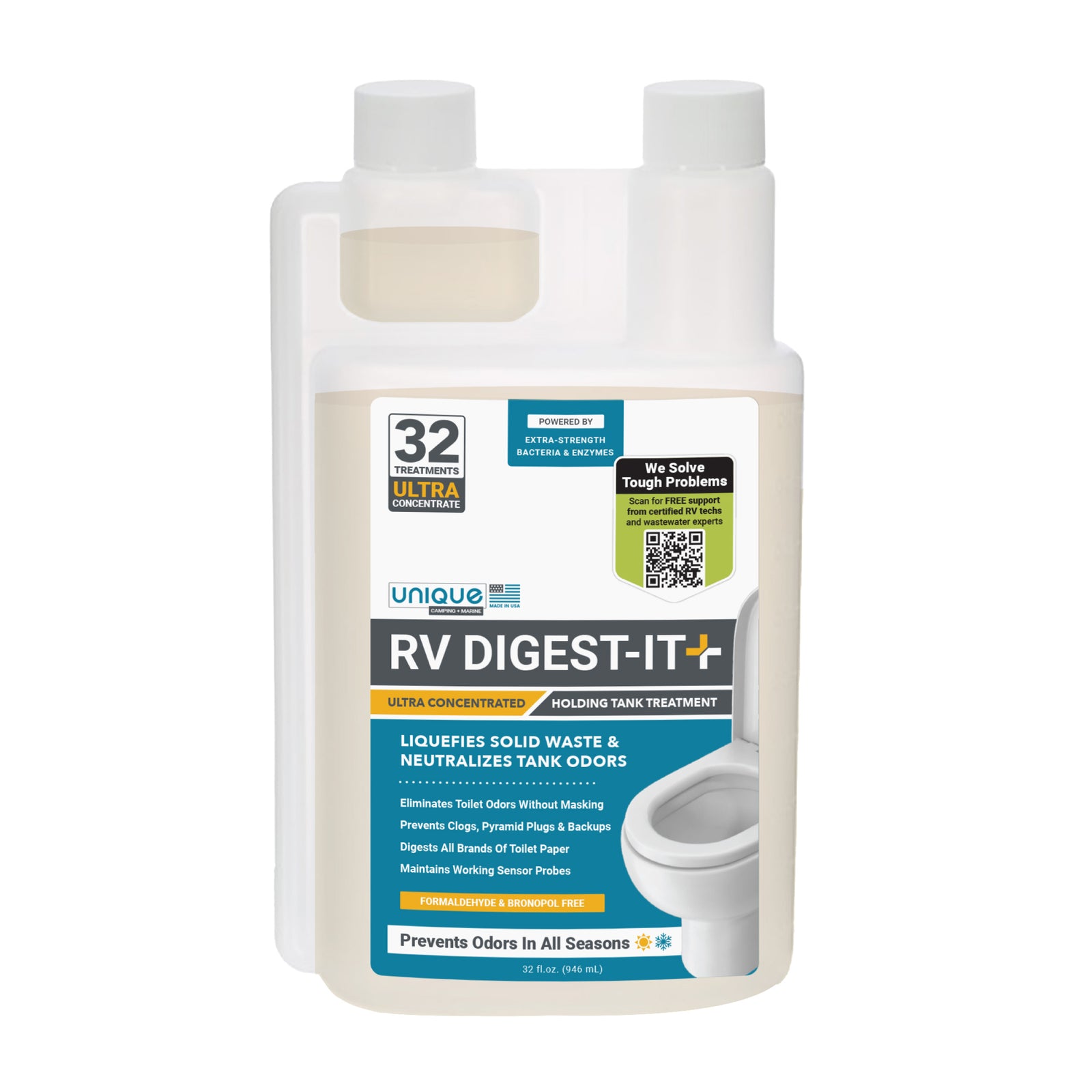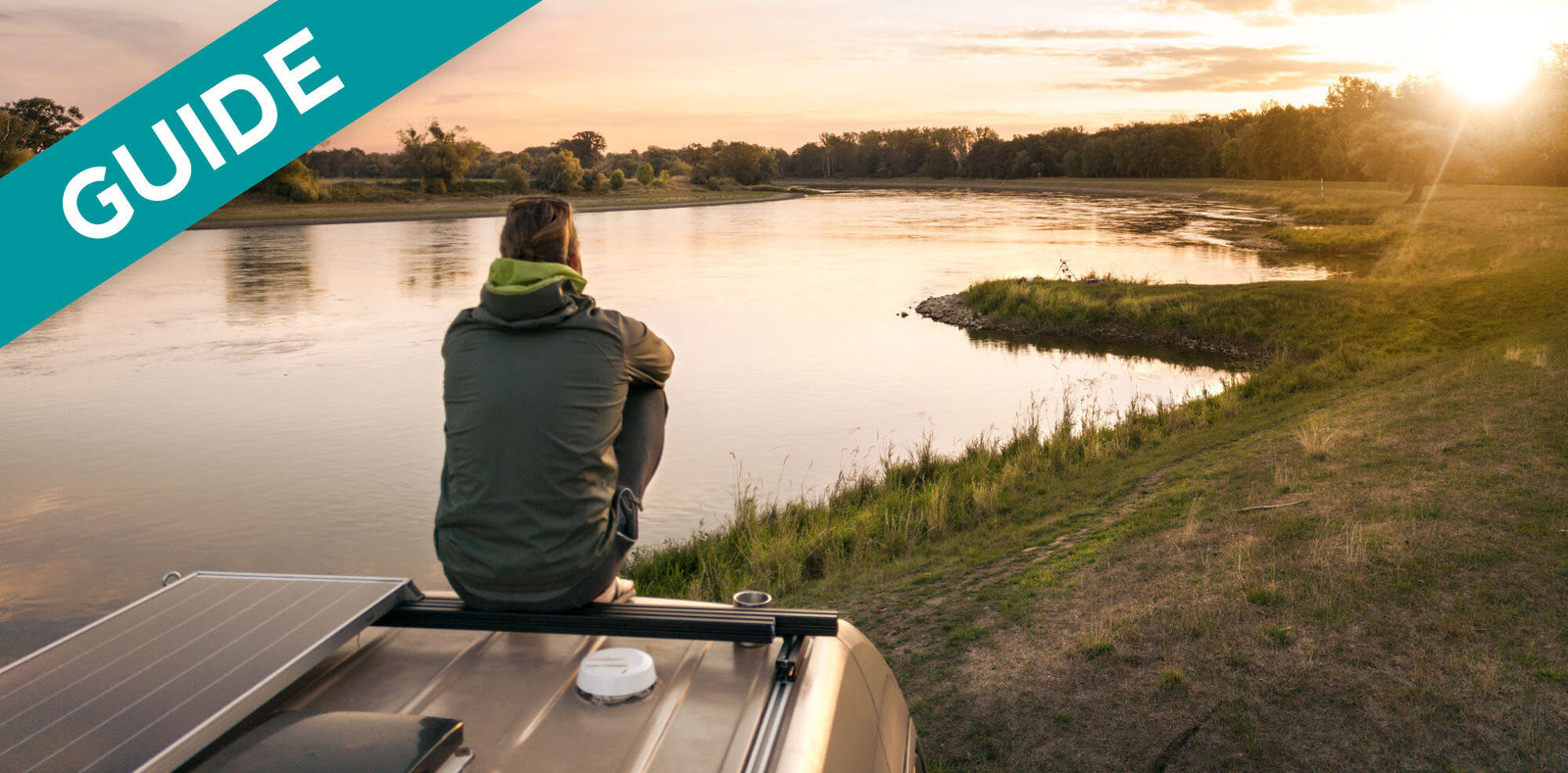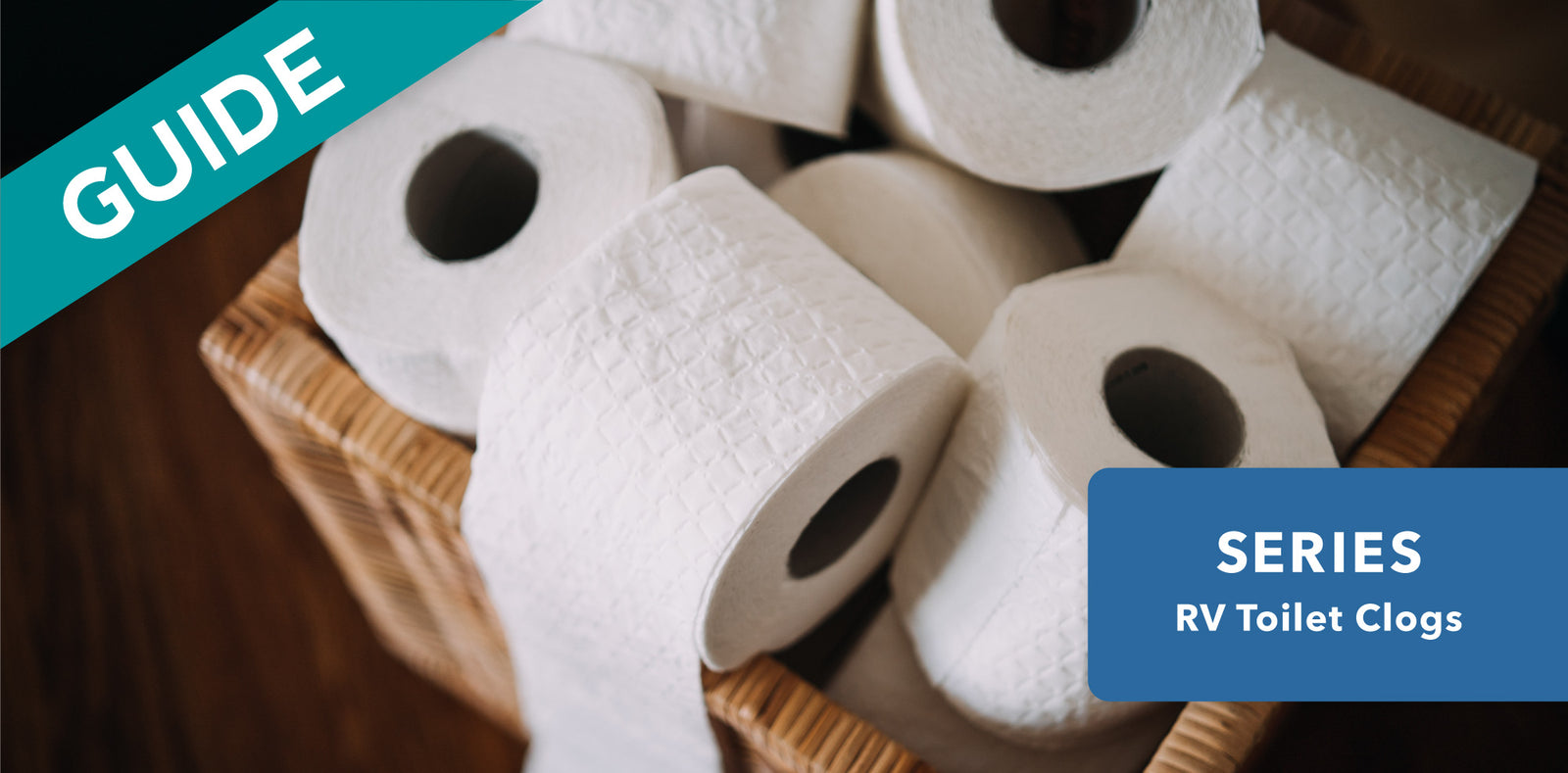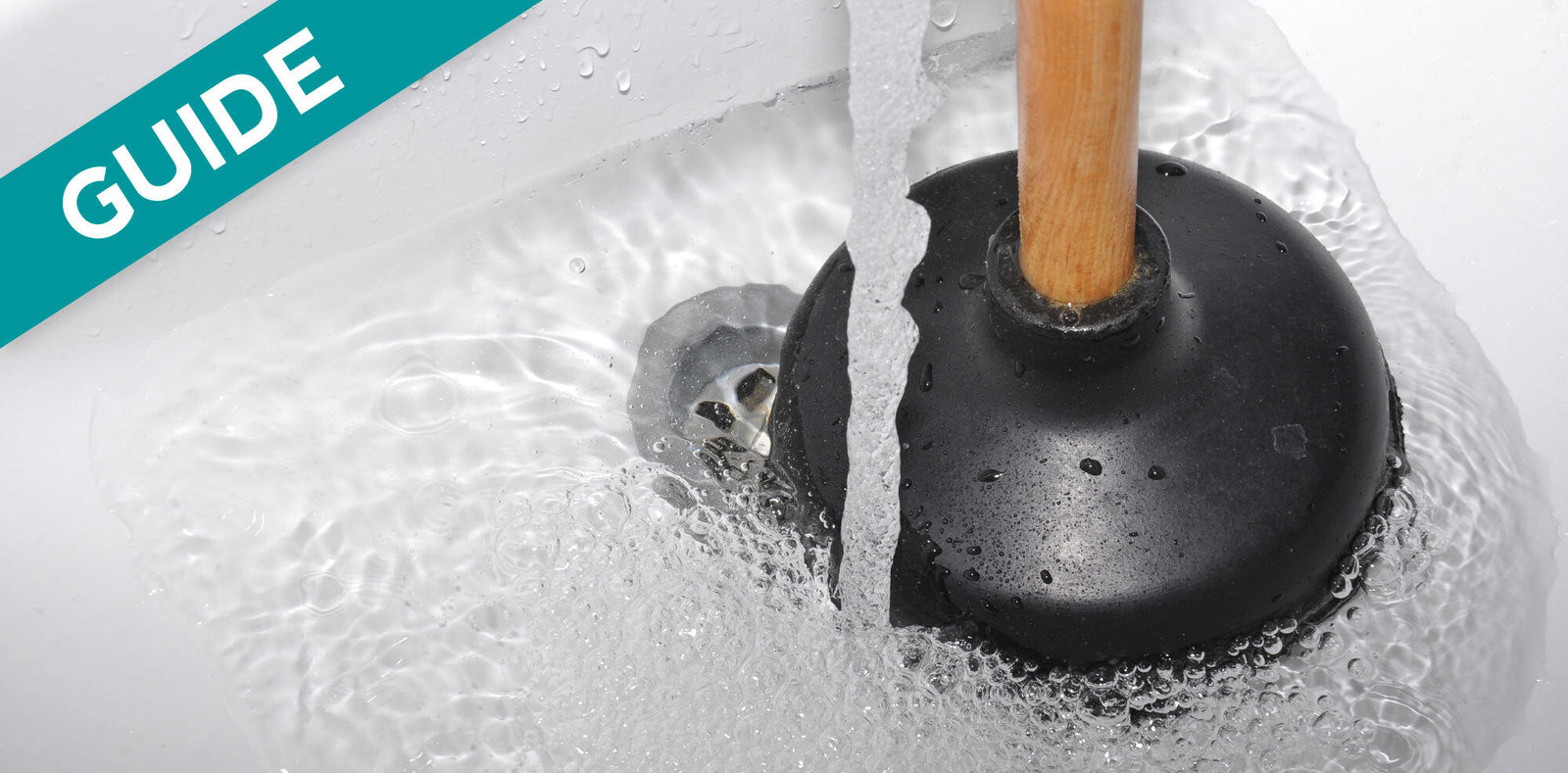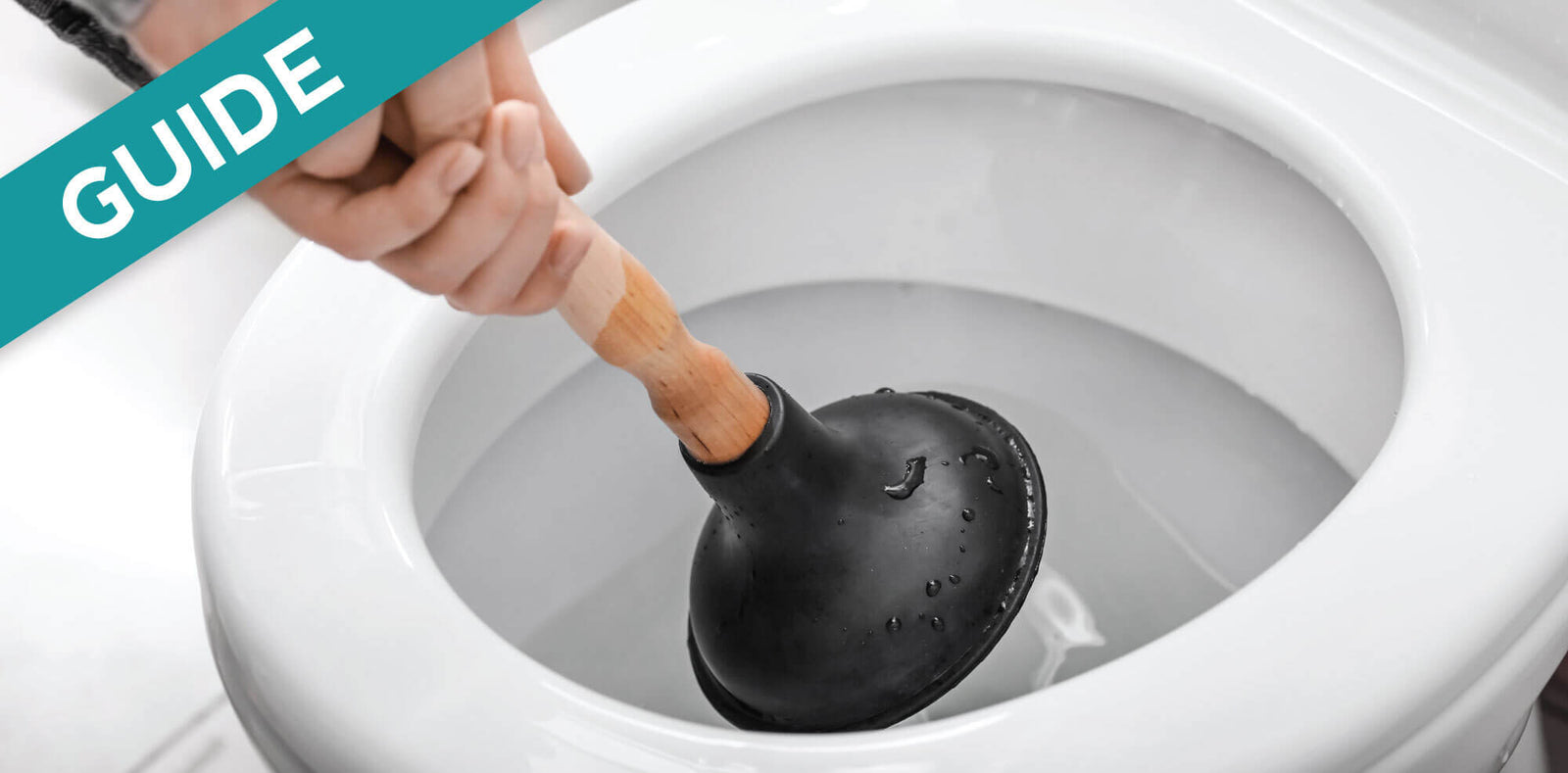
Dealing with a clogged black water tank, also commonly known as a compacted tank, might be one of the scenarios you fear most as an RVer. Whether you’ve just heard about them, or you’re currently dealing with one, you may already know how frustrating these clogs can be.
However, unclogging a compacted black water tank isn’t as bad as it may sound, and actually only requires following a set of easy-to-follow instructions. Keep reading as we take you step-by-step through the unclogging process.
Key Points About Unclogging RV Black Water Tanks:
- Make sure that you have a compacted black water tank before you start the process of clearing it – other clogs require different methods to fix.
- Misreading sensors can sometimes falsely indicate that you have a clog, when you actually don’t.
- Unclogging a black water holding tank is as simple as letting a full tank of water and a high-quality, bio-enzymatic treatment, like Unique Clear-It, work on breaking down the clog for several days until you’re able to dump the tank.
- Stubborn clogs may require repeating the treatment process a few times before being fully cleared.
What is a Compacted RV Black Water Tank?

Compacted RV black water holding tanks typically occur when waste, toilet paper, and debris accumulate, and harden, at the bottom of the black water tank. When this happens, solid waste blocks the exit and nothing can flush out of the tank when the black tank valve is opened.
Compacted tanks often occur when an RV is stored with full black tanks. Over time, the liquid waste evaporates (or leaks out of faulty valves) and the solid waste is left behind and hardens into a solid brick of poop and paper.
If you aren’t sure if you’re dealing with a compacted tank, please review our guide: 3 Common Types of RV Toilet Clogs You Should Know About
Misreading Sensors & RV Black Water Tank Clogs
Black water holding tank sensors that become coated with waste, toilet paper, and debris can sometimes misread and falsely cause you to think you have a clog.
For example, misreading sensors may tell you that the black water tank is full, but then nothing comes out when you open the black water tank valve. This could signal that you have a compacted black water tank, but it could also mean that you simply have an empty tank with sensors falsely reading that the tank is full.
If you haven’t confirmed the type of RV clog you have, we recommend following our helpful diagnostic guide: 3 Common Types of RV Toilet Clogs You Should Know About.
In some situations, it is even possible that you’re dealing with a clog and misreading sensors at the same time.
Fortunately, resolving these issues is relatively easy. For help with misreading sensors, reference our guide: How to Clean and Restore RV Holding Tank Sensors.
How to Clear a Compacted RV Black Water Tank
Initially, compacted RV tanks are a little easier to start fixing because the toilet line isn’t blocked, allowing you to add plenty of water and treatment to your black water tank. However, if the waste and toilet paper has been allowed to sit for extended periods of time (if the RV has been in storage for example), they can become extremely hard and solid, increasing the time and effort it will take to remove the clog from the bottom of the tank.
Steps to Unclog a Compacted RV Black Water Tank
Now that you’ve identified that you have a compacted black water tank, it’s time to clear it with these easy-to-follow instructions.
- Close your black water tank valve.
- Fill your black water tank with as much water as possible.
- Pour one entire bottle of Unique Clear-It down the toilet and into the black water tank.
-
Let the full tank of water and Clear-It sit for at least 72 hours, or longer.
- We always recommend letting Clear-It work for at least 72 hours, but for more severe clogs, you may need to let the treatment sit for much longer.
- Stubborn clogs may need Clear-It to work for several days beyond the initial 72 hours to fully break down the clog. There is no amount of time that is too long to let the treatment sit as it will not damage tank components in any way, in fact, the longer, the better!
-
Open the black water tank valve and dump the tank.
-
If nothing comes out, close the black water tank valve again and let Clear-It work for longer. Again, the more time you give Clear-It to work, the more successful the treatment will be.
- For really severe clogs, you may need to use a PEX pipe to manually break up some of the waste to loosen it and allow the rest to flow out.
- If liquid comes out, dump the black water tank.
-
If nothing comes out, close the black water tank valve again and let Clear-It work for longer. Again, the more time you give Clear-It to work, the more successful the treatment will be.
- Close your black water tank valve.
- Rinse your tank well to ensure all of the waste and toilet paper is broken up and out of the tank.Do this by filling your black tank, then dumping. Do this twice.
-
Once you’ve cleared the blockage, close your black water tank valve.
- Make sure to keep your black water tank valve closed unless you are actively dumping your tank. Please refer to our guide: Why It’s Crucial to Keep Your RV Black Water Tank Valve Closed.
- Repeat the process again if you think there may still be solid waste buildup on the floor of the tank.
And that’s it, these steps should have helped you fully clear a clogged black water holding tank, and allow you to enjoy camping clog-free once again.
If you’ve completed all of the steps above and are still having trouble, please reach out to our amazing Customer Support Team. They will be thrilled to help you get your clogged RV holding tanks back on track.
Important Note: While the process to clear a compacted black water tank is simple, it does take time for the treatment to work. If time is an issue, then hiring a tank cleaning service can dramatically reduce the time it takes to clear a clogged black water tank. These services use specialized cleaning tools to do the job in a few hours, rather than in several days or weeks. However, the tradeoff is the price – companies can often charge upwards of $500 for this type of service.
Clogged RV Black Water Tanks & The Unique Method
To prevent camper clogs and wastewater issues before they happen, try implementing The Unique Method. Specifically created to help you enjoy problem-free holding tanks, this method has been developed over 30 years of solving RVers toughest wastewater problems.
While no process works like magic, following The Unique Method’s simple steps, and using the right products (bio-enzymatic formulas like Clear-It), can allow you to break down waste, eliminate odors, and prevent sensor probe problems all at once. Take your RV travels to the next level with clog-free peace of mind thanks to Unique Camping + Marine.
Final Thoughts on Unclogging Compacted RV Black Water Tanks
Dealing with a compacted RV black water tank can sound scary, and can certainly put a damper on your upcoming camping trip. However, if you follow these easy steps, and let Unique Clear-It do the heavy lifting, you can be back on the road soon, and at a fraction of the cost compared to expensive tank cleaning services. Drive into the sunset easily and problem-free with Clear-It, the world’s most effective, and strongest, tank unclogger.
For more advice about how to prevent RV clogs before they occur, review our guide about Preventing Clogs in Your RV Black Water Holding Tanks.

Clogged Toilet? We Can Help!
We've helped thousands of RVers unclog their toilets and tanks and we can help you too! Whats better is that we have all the tips and tricks we've used over the years organized in one easy, free downloadable PDF!
Get The Free Download
